Changing the EPD gate to reject background events in 27 GeV
We would like to use the EPD to reject early background events, and thus increase our bandwidth of good events. This would be done by moving the QT32C gate up by 15 - 20 ns and then playing with different cuts such as tacdiff & tacsum to see how many background events we remove and how many true "good" events that we remove.
19149033 and 34 were put earlier by 20 ns. This seemed to be too early.
First, look at a "normal" TAC E v W plot:
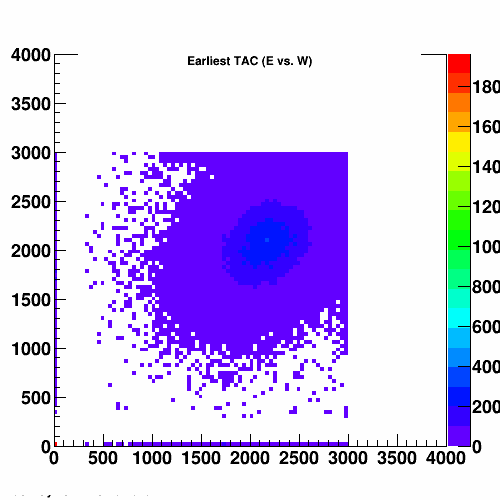
Figure 1: Earliest TAC East vs West in the nominal trigger setting.
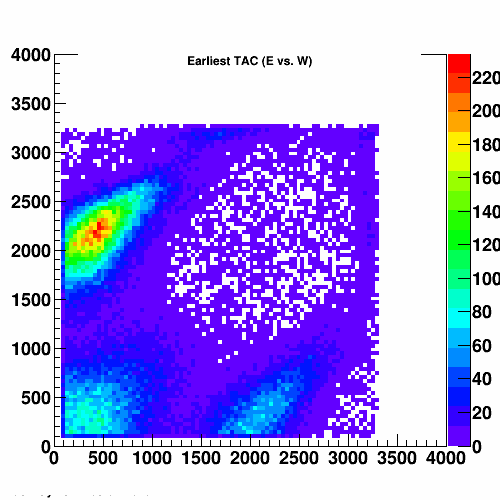
Figure 2: Run 1914034 Tac E vs W, set 20 ns early. We see here that the "central" blob corresponding to "good" events is out of the range so this is too early.
Run19149040 with 15nsec earlier gate (compare to prod, 5nsec later
than 33 and 34):
Basically:
EPDW_QTc_Gate_End_Delay 39 -> 19 -> 24
EPDW_QTc_Gate_Start_Delay 23 -> 3 -> 8
EPDW_QTc_TAC_Stop 64 -> 24 -> 34

Figure 3: Run 19149040 which is set 15 ns earlier. This also had reasonable ADC spectra (the 20 ns did not.) This is the run that will be analyzed.
First analyzing the MuDsts that I produced, compared to the mb trigger in some other nearby runs, I verified the fastest TAC, shown below.
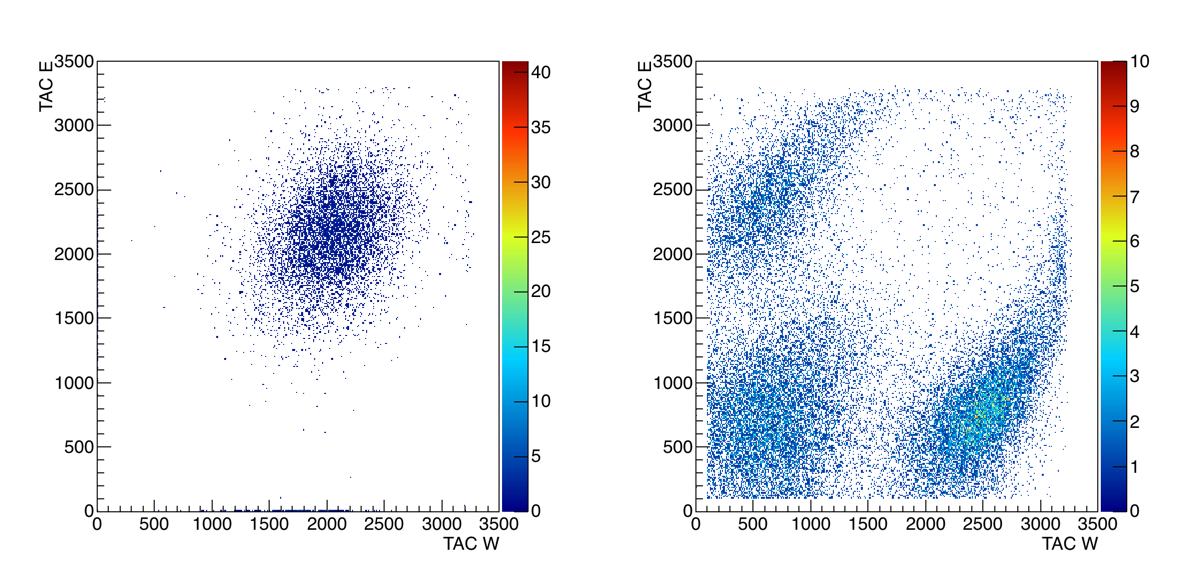
Figure 4: (Left) Fastest TAC for normal mb trigger. (Right) Fastest TAC for EPD trigger with the gates shifted 15 ns earlier. We can see the normal "good" events in the blob to the lower left, then early events from the East in the upper left side of the plot, and early events from the west in the lower right side of the plot. (Unfortunately I flipped the axis from the online monitoring plots... gah.) The larger counts on the west side are due to the FXT and it's holder.
If we then look at TAC E - TAC W

Figure 5: Fastest TAC E - TAC W. In black is the mb trigger from other runs, in red the epd based trigger.
Next, in order to select the good events, I thought to look at those with a reconstructed vertex within |Vz| < 70 cm.
.png)
Figure 6: The black and red curves are repeated from above. In blue are the events with the normal mb trigger with a reconstructed vertex. In purple are the events from the epd triggered events with a reconstructed vertex. The curves were normalized simply by dividing them by the Delta TAC = 0 point, but the blue and purple curves had the same normalization as their parent distributions.
Frankly, I was surprised by Figure 6, I had expected that the number of good events for the early events was going to be cut down (in fact, whether a vertex is reconstructed or not could be a good metric). But I had thought that more from the center would be good events. A little surprising... Looking at the TAC E vs W, there is not really a good way in a given event to have a distribution close to the main diagonal that comes from early events from either side.
First I tried to exclude events with |Delta TAC| > 1200. The refmult distributions can be seen below:
.png)
Figure 7: RefMult from different selection. In black is the normal mb distribution (divided by the integral). In red is the epd trigger selection with no additional cuts other than the requirement of the reconstruction of the vertex, also normalized by the integral. In blue is the epd trigger with the additional timing cut, normalized by the intergral of the red curve so that it is a subset. On the right is the ratio of the selected events over the nominal events for the epd trigger. For all of these plots, |Vz| < 70 cm.
Looking at Figure 7, I think this cut is a little harsh. (I also think that perhaps 12 ns early might be better?) We see it hits the peripheral events a little harder than the central events, but this trigger is picking up more peripheral events than the mb trigger so I'm not so worried. But it does seem to have a ~10% hit on central events. I will try a looser selection.
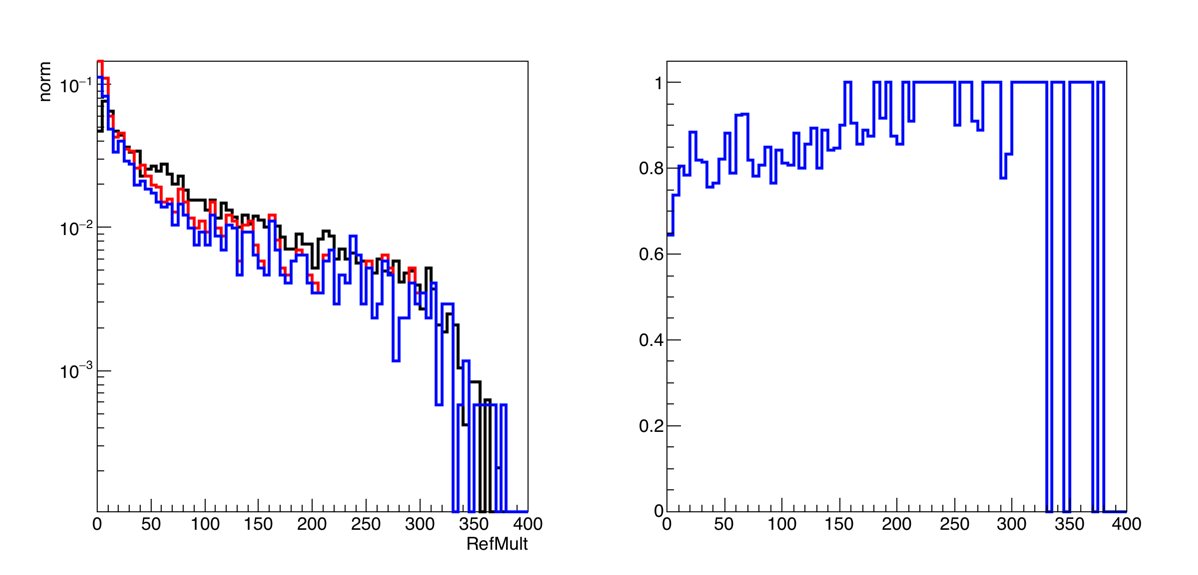
Figure 8: Same as Figure 7, but |Delta TAC| < 1500.
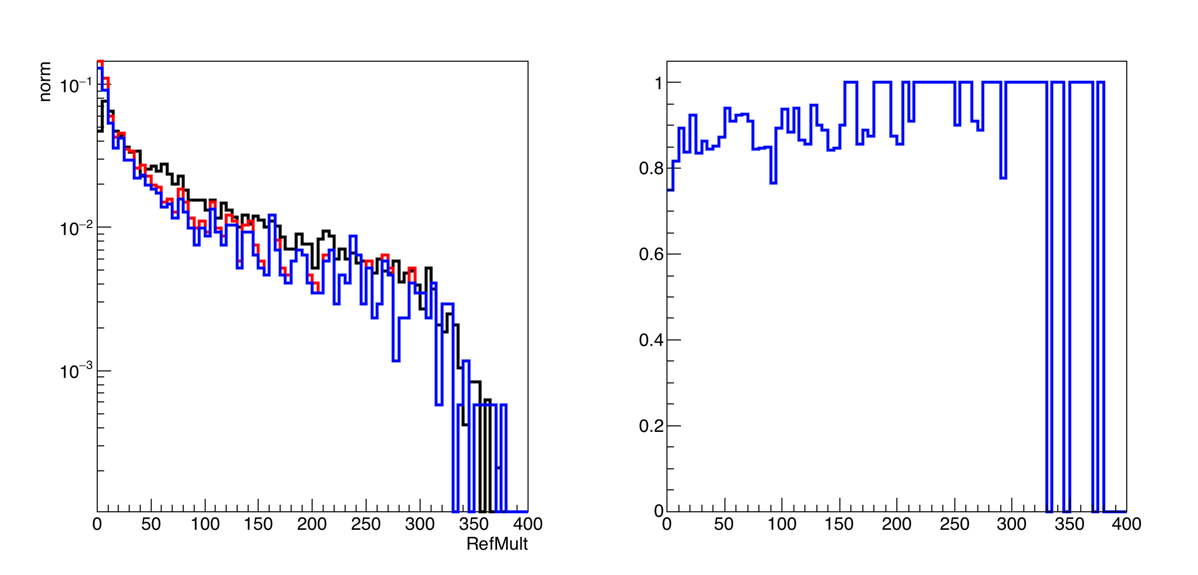
Figure 9: Same as 7 and 8, with |D TAC | < 1700.
In Figure 9, we see the efficiency is 90% for the semi-central events and at 100% for the peripheral. Any further and I think it wouldn't have much effect. But let's see what this selects.
Using this selection, only 70% of the events passed it. The problem in truly evaluating it, is that in the normal mb data set we have an 80% vertex finding efficiency. In this data set, we only had a 10% vertex finding efficiency. So this makes it a little difficult to determine how many good events are excluded.
I would want a test run with the mb trigger and this epd early veto and check....
- rjreed's blog
- Login or register to post comments
